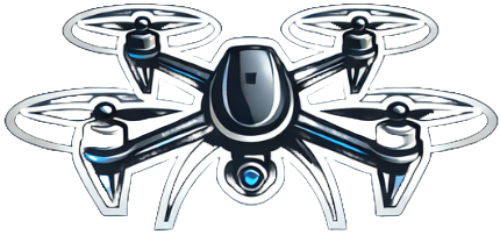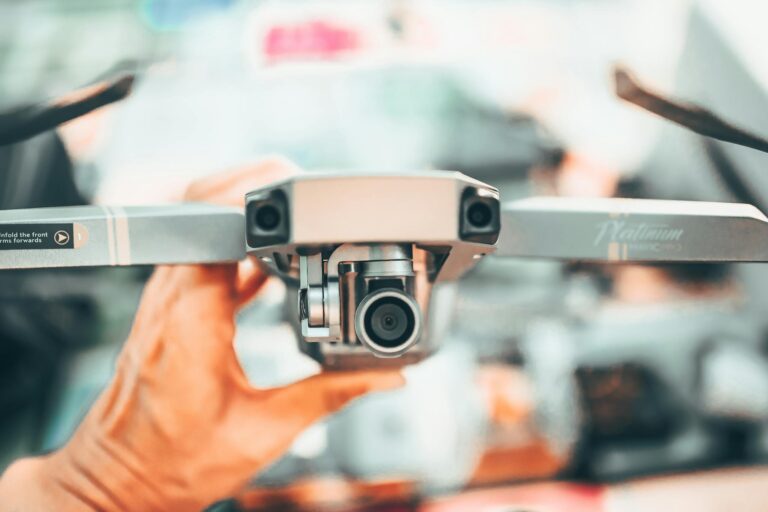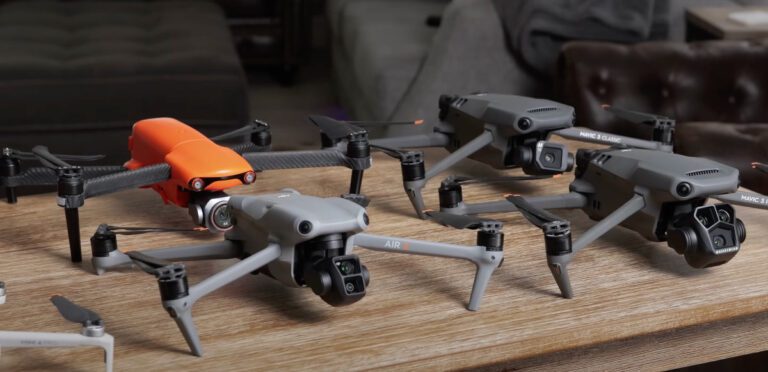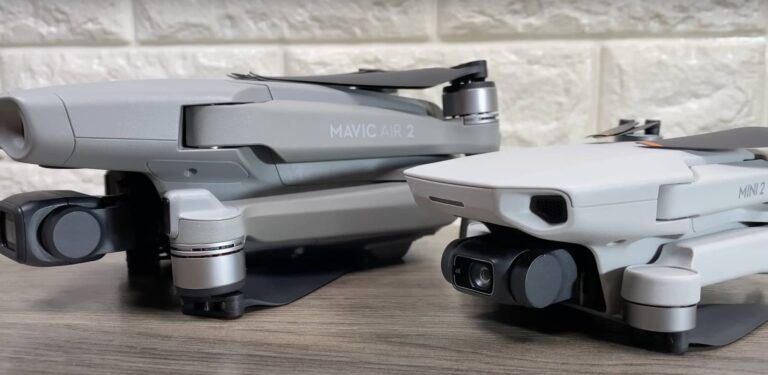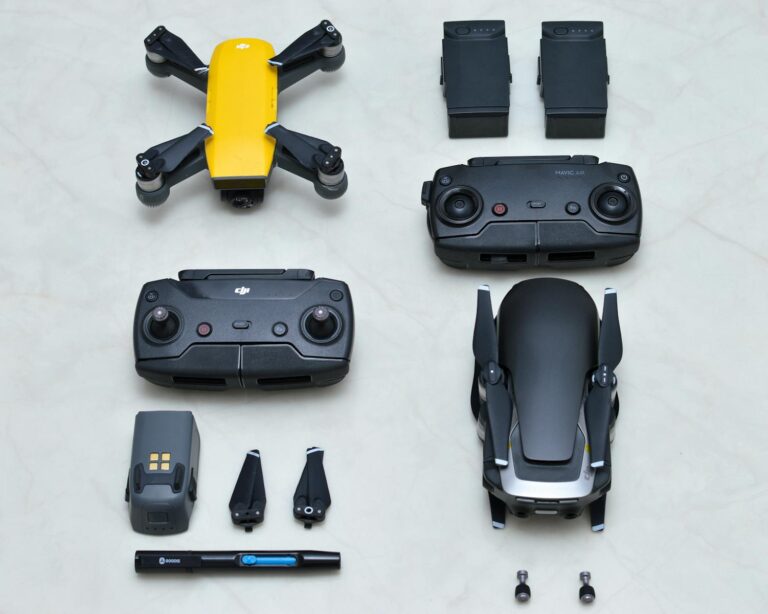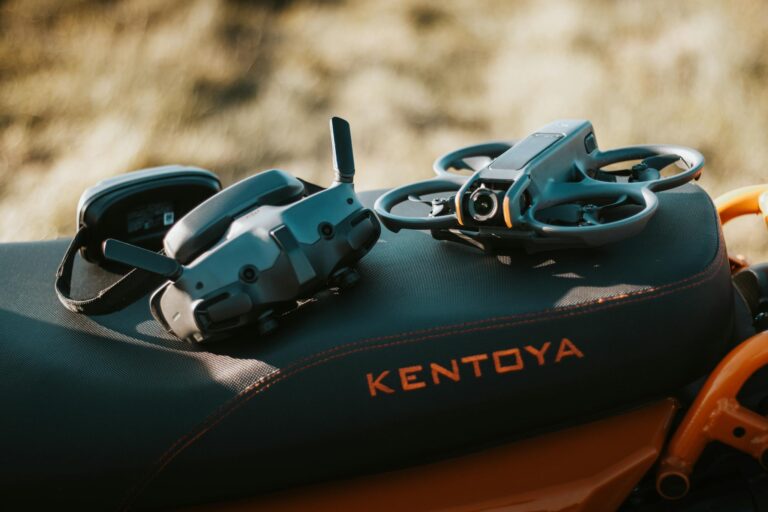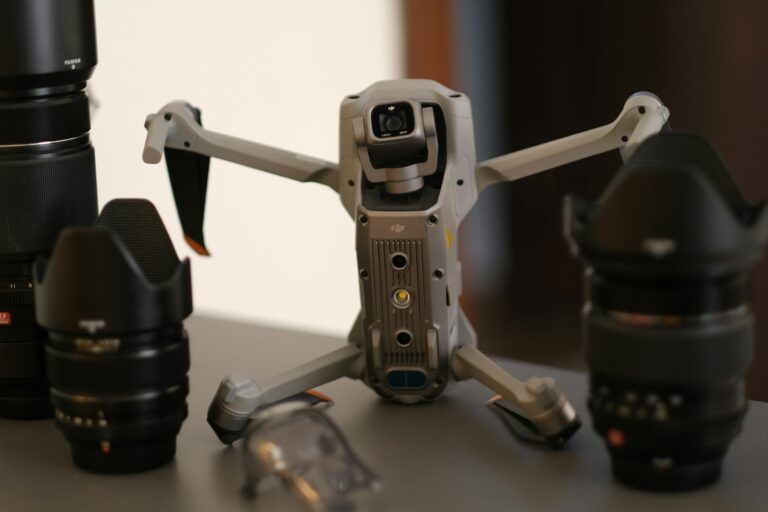Quick Summary
Understanding drone regulations is essential for both hobbyists and professionals. This guide covers registration requirements, restricted airspaces, privacy laws, and tips to ensure legal and safe flying. Whether you’re a beginner or an expert, this post will prepare you for smooth operations under the new Drone Regulations 2025.
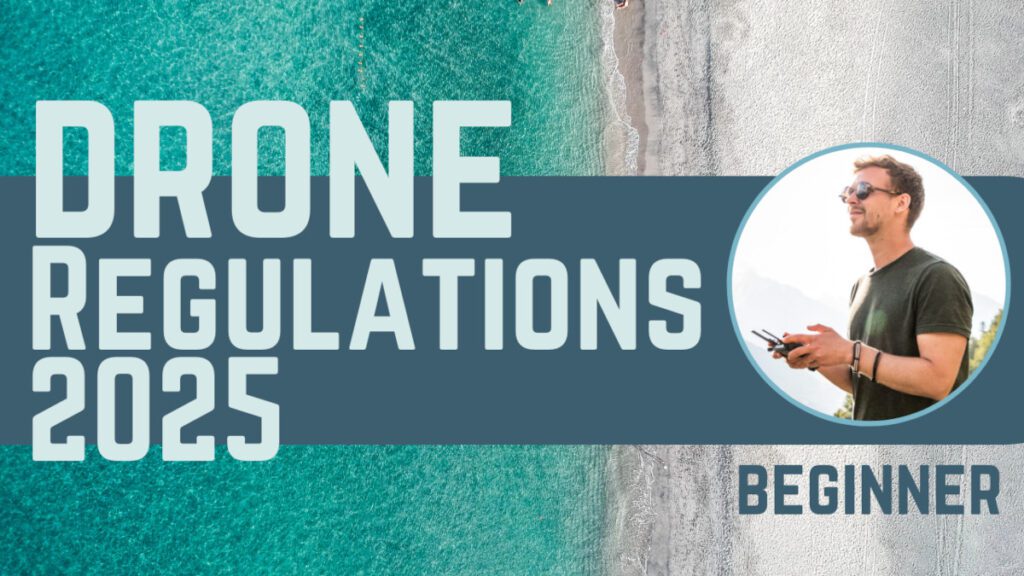
Introduction: Why Drone Regulations Matter
Flying a drone is thrilling; however, it comes with significant responsibilities. Regulatory bodies worldwide have established rules to ensure public safety, protect privacy, and manage airspace effectively. Consequently, ignoring these rules can lead to hefty fines or even legal action. Drone regulations 2025 are critical for safe flying and staying compliant with the law. These updated rules cover everything from registration to airspace laws.
1. Drone Registration: Do You Need It
One of the first steps in flying a drone legally is determining whether you need to register it. Here’s what you need to know:
U.S. Regulations (FAA)
- Recreational Flyers:
- Register your drone if it weighs more than 0.55 lbs (250 grams) and less than 55 lbs.
- Fee: $5 for a three-year registration.
- Visit FAA Drone Zone to register.
- Commercial Flyers:
- All drones used for commercial purposes must be registered, regardless of weight.
International Regulations
- European Union (EASA): Registration is mandatory for drones over 250 grams or equipped with a camera.
- Canada: Registration is required for drones weighing between 250 grams and 25 kilograms.
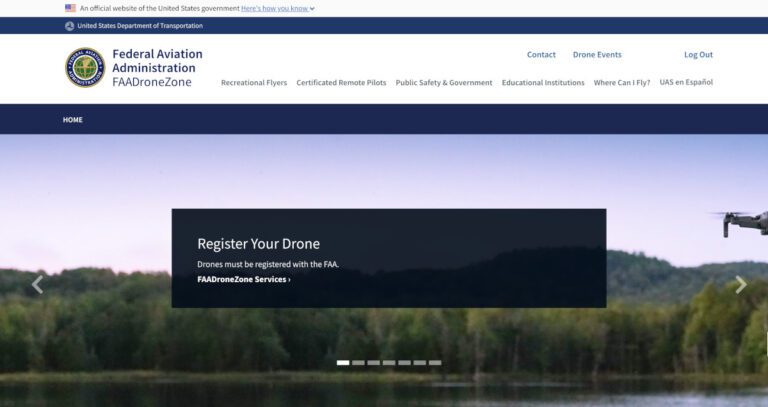
Tips for Smooth Registration
- Keep Documentation Handy: Have your drone’s serial number, proof of purchase, and ID ready.
- Label Your Drone: The FAA requires a visible registration number on your drone.
Before purchasing your drone, ensure it aligns with FAA rules. Refer to our Beginner’s Guide to Choosing the Right Drone to make an informed decision.
2. Airspace Rules: Where Can You Fly?
When it comes to airspace restrictions, understanding where you can and cannot fly is crucial. In particular, these rules ensure safety for both drone pilots and the public.
Key Terms to Understand
- Controlled Airspace: Requires prior authorization (e.g., near airports).
- Uncontrolled Airspace: Typically safe for drone operations but still requires caution.
- No-Fly Zones: Areas where drone operations are strictly prohibited, such as near military installations.
Tools to Help
- B4UFLY App (U.S.): Displays airspace restrictions in real time.
- AirMap: A global tool for checking flight zones.
- DroneDeploy: Useful for commercial operators planning detailed flight paths.
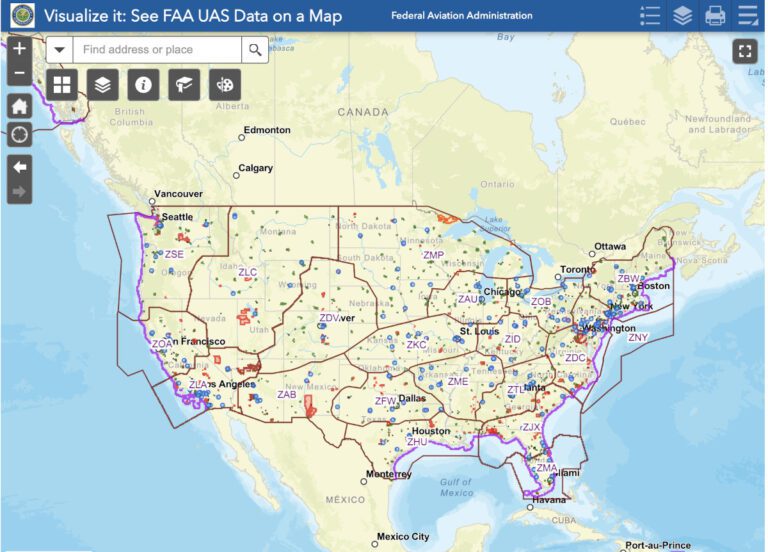
Examples of Restricted Areas
- For example, flying is prohibited in national parks to preserve wildlife and reduce noise pollution.
- Moreover, avoid critical infrastructure such as power plants and prisons.
3. Privacy and Data Security Laws
Flying a drone often involves capturing video or images, which brings privacy concerns. Here’s how to stay compliant:
- Respect Privacy: Avoid flying over private properties without permission.
- Data Security: Encrypt footage stored on your drone to prevent unauthorized access.
- Local Laws: Some countries, like France and Japan, have strict privacy laws for drone operators.
My Experience: Navigating Privacy as a Drone Enthusiast
A few months ago, I was hired to capture aerial footage of a local community festival. The client wanted sweeping shots of the event, which included areas bordering private residences. To ensure compliance with privacy laws:
- First, I informed nearby residents by distributing flyers explaining the purpose of the drone flights and providing contact details for concerns.
- Next, I used geofencing features to avoid flying over private properties, keeping the focus on the festival grounds.
- Finally, I encrypted all footage on the drone and external storage devices to ensure privacy and data security. In case of a crash or technical issue, this practice ensures the data remains protected and inaccessible to anyone other except me.
The results were fantastic, and I received positive feedback not only from the client but also from nearby residents who appreciated the transparency. This experience taught me the value of preparation, clear communication, and leveraging drone technology to maintain compliance.
Best Practices for Privacy
- Use geofencing features to limit where your drone can fly.
- Avoid areas with large crowds to reduce risks.
4. Certifications and Licensing
If you’re a commercial drone operator, additional certifications may be required. Thus, it’s essential to understand the process.
Part 107 Certification (U.S.)
- First, Part 107 certification is mandatory for commercial drone pilots.
- Additionally, the exam covers topics like airspace classification, weather, and drone maintenance.
- Cost: $175.
European and Canadian Requirements
- In the EU, basic and specific certificates depend on operation risk.
- Meanwhile, Canada offers Basic and Advanced Operator certificates, with exams administered by Transport Canada.
| Aspect | U.S. (Part 107) | European Union (EASA) | Canada (Transport Canada) |
|---|---|---|---|
| Requirement | Part 107 Certification for commercial operations | Open, Specific, and Certified categories | Basic and Advanced certifications |
| Eligibility | Must be 16+ and fluent in English | Depends on category: Open for most pilots | Must be 14+ (Basic) or 16+ (Advanced) |
| Exam Topics | Airspace, weather, maintenance, regulations | Risk assessment, airspace, operational limits | Navigation, airspace, procedures |
| Exam Cost | $175 | Varies by country | Basic: ~$10; Advanced: ~$25 |
| Operational Limitations | 400 feet max altitude, line of sight, no night flying (without waiver) | Depends on category; Open has stricter limits | Similar to U.S., additional Advanced limits apply |
| Recency Requirement | Test renewal every 24 months | Varies by member state regulations | Advanced pilots must recertify every 24 months |
| Online Study Resources | FAA website and third-party courses | National Aviation Authorities (NAAs) | Transport Canada online guides |
Tips for Certification Success
- Study Resources: Use FAA’s online materials and third-party courses for study resources..
- Practice Flights: Practice with your drone can help you familiarize yourself with scenarios that are likely to appear on the exam.
5. Penalties for Non-Compliance
Flying without adhering to regulations can result in severe consequences:
- Fines: Up to $27,500 for civil violations in the U.S.
- Criminal Charges: Potential imprisonment for reckless operations.
- Loss of Equipment: Authorities may confiscate your drone.
Example
In 2022, a recreational flyer was fined $2,000 for operating near a wildfire zone, endangering firefighting efforts. The individual disrupted aerial firefighting operations, which posed serious safety risks. This incident also caused delays in containing the fire, emphasizing the importance of understanding and respecting no-fly zones. As a result, it became a learning moment for authorities to increase awareness campaigns for drone operators.
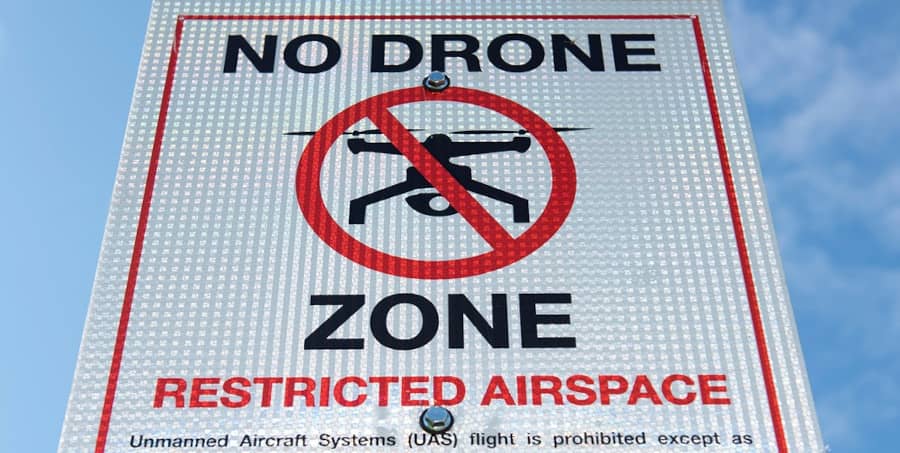
How to Avoid Penalties
- Always carry proof of registration and certification.
- Use apps to check flight zones before takeoff.
6. Best Practices for Safe and Legal Flying
Before You Fly
- Check Local Regulations: Laws vary by country and city.
- Inspect Your Drone: Ensure it’s in working condition.
- File a Flight Plan: Especially for commercial operations.
While Flying
- Maintain Visual Line of Sight: Never lose track of your drone.
- Avoid Crowded Areas: Reduces risks to bystanders.
- Monitor Weather Conditions: Strong winds can compromise safety.
| Phase | Best Practices |
|---|
| Before You Fly | 1. Check Local Regulations: Ensure drone flying is allowed in your area. |
| 2. Inspect Your Drone: Verify batteries, propellers, and overall condition. |
| 3. File a Flight Plan: Plan your route, especially for commercial operations. |
| 4. Monitor Weather Conditions: Avoid flying in strong winds or rain. |
| 5. Charge Batteries: Ensure drone and controller batteries are fully charged. |
| While You Fly | 1. Maintain Visual Line of Sight: Always keep your drone in view. |
| 2. Avoid Crowded Areas: Minimize risks to people and property. |
| 3. Adhere to Altitude Limits: Stay within the maximum legal altitude (e.g., 400 feet in the U.S.). |
| 4. Monitor Drone Performance: Watch for low battery warnings or overheating. |
| 5. Be Ready for Emergencies: Know how to initiate a safe landing if needed. |
Post-Flight Tips
- Log Your Flight Data: Useful for maintenance and compliance.
- Inspect for Damage: Catch minor issues before the next flight.
Frequently Asked Questions
Q: Can I fly my drone at night?
A: In the U.S., night flights are allowed for Part 107 pilots with anti-collision lighting.
Q: What if I’m traveling with my drone?
A: Research regulations in your destination country. Carry batteries in your carry-on luggage for safety.
Q: Are there insurance options for drones?
A: Yes, both liability and hull insurance are available for recreational and professional pilots.
Q: What is geofencing, and how does it help?
A: Geofencing restricts your drone from entering restricted airspace using GPS technology.
Conclusion
Mastering drone regulations is not just about compliance; it’s about unlocking the full potential of your flying experience. By staying informed and proactive, you can safely explore the skies while respecting the rules that protect everyone. Whether you’re a weekend hobbyist or a professional operator, the knowledge shared here equips you to fly confidently and responsibly.
Keep this guide handy as a trusted reference. Safe and informed flying starts here. Ready to soar to new heights? Visit our Blog page for even more insights and tools to enhance your drone journey.
Make sure you’re using the right drone for your purpose; check out our Beginner’s Guide to Drones.
